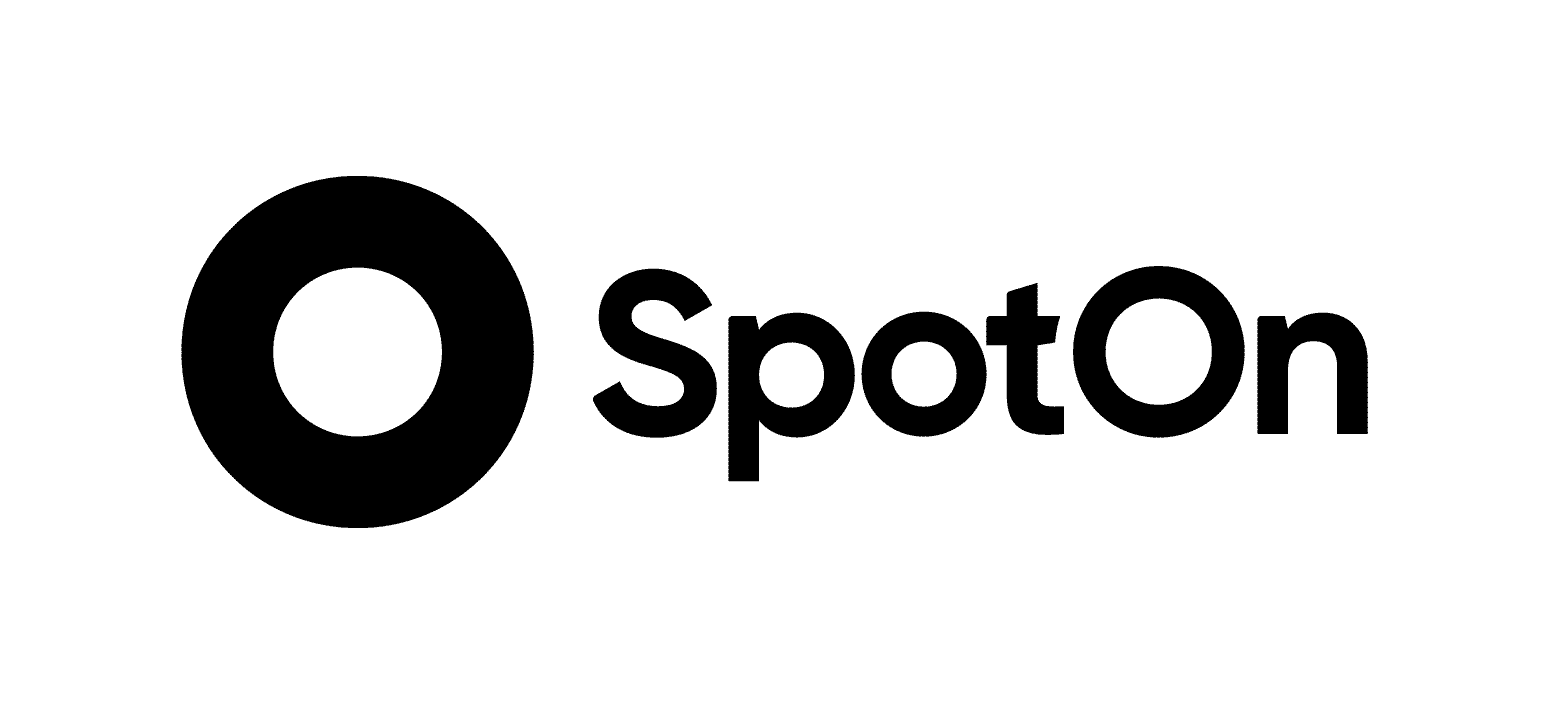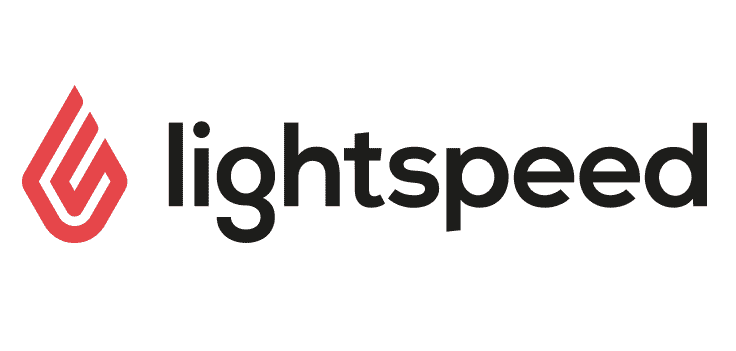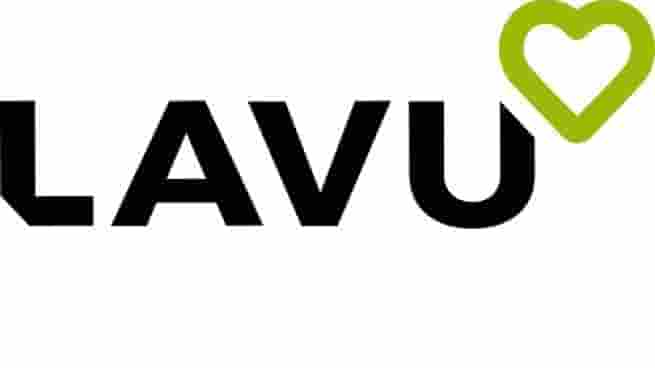Best Restaurant POS Systems
| Product | Best for | NerdWallet rating | Payment processing fees | Monthly fee | Learn more |
|---|---|---|---|---|---|
on Square Restaurant POS's secure website | Cafes and bars | In-person: 2.6% + $0.15 Online: 2.9% + $0.30 | $0 Free plan; $69 Plus plan; $165 Premium plan. | on Square Restaurant POS's secure website | |
on Toast POS's secure website | Restaurants doing dine-in and online business | 2.49% + $0.15 if you buy hardware upfront; 3.09% + $0.15 for pay-as-you-go option. | $0 Starter Kit; $69 Point of Sale plan; custom Build Your Own plan. | on Toast POS's secure website | |
on Clover Restaurant POS's secure website | Quick-service restaurants | In-person: 2.3% + $0.10 Online: 3.5% + $0.10 | $60 and up. | on Clover Restaurant POS's secure website | |
on SpotOn Restaurant's secure website | Variety of restaurant add-on features | 4.3
/5
| 1.99% + $0.25 For most cards in paid plans. | $0 and up. | on SpotOn Restaurant's secure website |
on TouchBistro's secure website | Features focused on profitability | N/A Quote-based. | $69 and up. | on TouchBistro's secure website | |
on Lightspeed Restaurant POS's secure website | Established restaurants with multiple locations | In-person: 2.6% + $0.10 Online: 2.9% + $0.30 | $189 $399 Premium plan. | on Lightspeed Restaurant POS's secure website | |
on Lavu's secure website | Cash discount program | N/A Quote-based. | $10 and up. | on Lavu's secure website | |
on SumUp POS's secure website | Building a customer base | In-person: 2.6% + $0.10 Online: 3.5% + $0.15 | $0 for card readers only; $99 for Connect Lite plan; $199 for Connect Plus plan; $289 for Connect Pro plan. | on SumUp POS's secure website |
Best Restaurant POS Systems
Online: 2.9% + $0.30
Free plan; $69 Plus plan; $165 Premium plan.
on Square's website
Pros
- Free plan available; all plans include free online ordering page.
- App and card readers are compatible with iOS and Android devices.
- Can pay for hardware in installments.
- No long-term contracts or installation fees.
Cons
- Free plan doesn’t include 24/7 support.
Square Restaurant POS
Best for Cafes and bars
Online: 2.9% + $0.30
Free plan; $69 Plus plan; $165 Premium plan.
on Square's website
Pros
- Free plan available; all plans include free online ordering page.
- App and card readers are compatible with iOS and Android devices.
- Can pay for hardware in installments.
- No long-term contracts or installation fees.
Cons
- Free plan doesn’t include 24/7 support.
if you buy hardware upfront; 3.09% + $0.15 for pay-as-you-go option.
Starter Kit; $69 Point of Sale plan; custom Build Your Own plan.
on Toast's website
Pros
- Free plan available for restaurants with up to two POS terminals.
- 24/7 phone and web messaging support.
- Offers helpful related services, like payroll and team management software, that integrate closely with its POS system.
- Built specifically for restaurants with in-house delivery platform available, among other industry-specific features.
Cons
- Requires a two-year contract and charges early termination fees.
- Online payment processing rates are more expensive than competitors.
- Charges setup fee, and offline mode includes hidden cost of backup router.
- Online ordering and accounting integrations cost extra.
Toast POS
Best for Restaurants doing dine-in and online business
if you buy hardware upfront; 3.09% + $0.15 for pay-as-you-go option.
Starter Kit; $69 Point of Sale plan; custom Build Your Own plan.
on Toast's website
Pros
- Free plan available for restaurants with up to two POS terminals.
- 24/7 phone and web messaging support.
- Offers helpful related services, like payroll and team management software, that integrate closely with its POS system.
- Built specifically for restaurants with in-house delivery platform available, among other industry-specific features.
Cons
- Requires a two-year contract and charges early termination fees.
- Online payment processing rates are more expensive than competitors.
- Charges setup fee, and offline mode includes hidden cost of backup router.
- Online ordering and accounting integrations cost extra.
Online: 3.5% + $0.10
and up.
on Clover's website
Pros
- 24/7 customer support.
- Includes online ordering capabilities.
- Hardware and software features designed for various dining services.
Cons
- Must use Clover’s proprietary hardware.
- Monthly software fee and hardware costs may be prohibitively high for some businesses.
Clover Restaurant POS
Best for Quick-service restaurants
Online: 3.5% + $0.10
and up.
on Clover's website
Pros
- 24/7 customer support.
- Includes online ordering capabilities.
- Hardware and software features designed for various dining services.
Cons
- Must use Clover’s proprietary hardware.
- Monthly software fee and hardware costs may be prohibitively high for some businesses.
For most cards in paid plans.
and up.
on SpotOn's website
Pros
- Offers a free plan.
- Restaurants can customize plans by adding loyalty programs, reservation capabilities, online ordering or employee scheduling software.
- 24/7 phone support.
- No long-term contract or termination fees.
Cons
- Charges setup fee.
- Offline mode includes the hidden cost of a router.
SpotOn Restaurant
Best for Variety of restaurant add-on features
For most cards in paid plans.
and up.
on SpotOn's website
Pros
- Offers a free plan.
- Restaurants can customize plans by adding loyalty programs, reservation capabilities, online ordering or employee scheduling software.
- 24/7 phone support.
- No long-term contract or termination fees.
Cons
- Charges setup fee.
- Offline mode includes the hidden cost of a router.
Pros
- 24/7 phone, chat and email support.
- Includes restaurant-specific features, like table and menu management.
- Optional profit management system provides tools for improving margins.
- As a hybrid POS system, TouchBistro can operate without the cloud. Offline capabilities include accepting payments, taking orders, editing menus and managing staff.
Cons
- Payment processing rates are quote-based, making them difficult to compare to the competition.
- Contracts are automatically renewed and can't be terminated early.
- No free plan options and charges setup fee.
- Ability to accept online orders costs extra.
TouchBistro
Best for Features focused on profitability
Quote-based.
and up.
on TouchBistro's website
Pros
- 24/7 phone, chat and email support.
- Includes restaurant-specific features, like table and menu management.
- Optional profit management system provides tools for improving margins.
- As a hybrid POS system, TouchBistro can operate without the cloud. Offline capabilities include accepting payments, taking orders, editing menus and managing staff.
Cons
- Payment processing rates are quote-based, making them difficult to compare to the competition.
- Contracts are automatically renewed and can't be terminated early.
- No free plan options and charges setup fee.
- Ability to accept online orders costs extra.
Online: 2.9% + $0.30
$399 Premium plan.
on Lightspeed's website
Pros
- Offers advanced inventory management and recipe costing tools.
- All plans include CRM and loyalty programs.
- Essential and Premium plans include one-on-one support.
- 24/7 support available.
Cons
- Syncing with accounting software costs extra.
- Some plans may require long-term contracts.
- Lowest-tier plan is more expensive than competitors.
Lightspeed Restaurant POS
Best for Established restaurants with multiple locations
Online: 2.9% + $0.30
$399 Premium plan.
on Lightspeed's website
Pros
- Offers advanced inventory management and recipe costing tools.
- All plans include CRM and loyalty programs.
- Essential and Premium plans include one-on-one support.
- 24/7 support available.
Cons
- Syncing with accounting software costs extra.
- Some plans may require long-term contracts.
- Lowest-tier plan is more expensive than competitors.
Pros
- 24/7 phone and email support.
- Highly customizable POS platform for those with programming skills.
- Restaurants can set up timed menu changes, start customers’ tabs on one register and cash them out at another.
- Dual pricing program can help decrease payment processing fees.
Cons
- No free plan options.
- Cannot cancel subscription before term is up.
- Does not list payment processing or monthly software fees.
Lavu
Best for Cash discount program
Quote-based.
and up.
on Lavu's website
Pros
- 24/7 phone and email support.
- Highly customizable POS platform for those with programming skills.
- Restaurants can set up timed menu changes, start customers’ tabs on one register and cash them out at another.
- Dual pricing program can help decrease payment processing fees.
Cons
- No free plan options.
- Cannot cancel subscription before term is up.
- Does not list payment processing or monthly software fees.
Online: 3.5% + $0.15
for card readers only; $99 for Connect Lite plan; $199 for Connect Plus plan; $289 for Connect Pro plan.
on SumUp's website
Pros
- Free POS plans for card readers.
- Automated marketing tools for sending customers targeted promotions.
- Available in more than 30 countries.
Cons
- Online transaction rate is more expensive than some competitors.
- POS system software requires 12-month contract.
SumUp POS
Best for Building a customer base
Online: 3.5% + $0.15
for card readers only; $99 for Connect Lite plan; $199 for Connect Plus plan; $289 for Connect Pro plan.
on SumUp's website
Pros
- Free POS plans for card readers.
- Automated marketing tools for sending customers targeted promotions.
- Available in more than 30 countries.
Cons
- Online transaction rate is more expensive than some competitors.
- POS system software requires 12-month contract.
Best restaurant POS systems: additional details
SpotOn Restaurant
Toast
Square for Restaurants
Clover Restaurant
Lightspeed Restaurant
TouchBistro
Lavu
SumUp
What is a restaurant POS system?
- Accept various forms of payment.
- Keep track of inventory.
- Take orders and send them to the kitchen.
- Clock in and out.
- Manage table layouts.
- Maintain menus.
What is a POS system?
How much does a restaurant POS system cost?
Restaurant POS system features
- Reporting: Strong reporting features are a must. Look for actual versus theoretical cost reports on food and labor to find opportunities for improving margins. Ideally you should be able to run reports on your restaurant’s different sales channels to see how each channel is performing. This can tell you which dishes are selling best in house versus takeout, for example.
- Menu and inventory management: A restaurant POS system should allow you to customize the menu, track inventory and note modifications, special offers and sold-out items.
- Recipe costing: To appropriately price your menu items, it’s important to calculate how much each recipe costs to make.
- Employee management and access: A good system allows you to set up employee access and permissions, schedule shifts, let employees clock in and out and split tips.
- Customer loyalty programs: These programs help you collect customers’ contact information and award them points and/or discounts to motivate them to return. This is especially common for cafes and coffee shops. Some loyalty programs automatically send out targeted promotions, too.
- Online ordering: Instead of calling in an order for pickup, some customers prefer to order online, pay in advance and schedule a pickup time. Most restaurant POS systems include online ordering capabilities in higher-tier plans or offer them as an add-on.
- Delivery services: If you’d like to offer delivery as an option for customers, your restaurant POS system should offer its own in-house services (typically as an add-on) or integrate with third-party services, like DoorDash.











